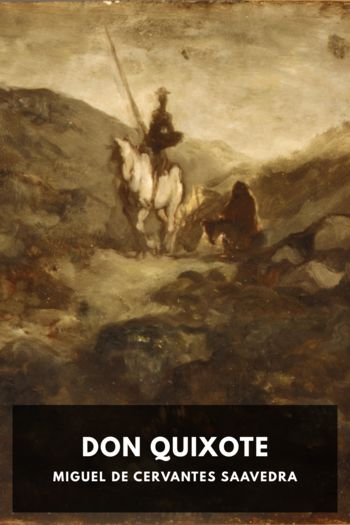Lady Joker, Volume 1, Kaoru Takamura [best affordable ebook reader TXT] 📗

- Author: Kaoru Takamura
Book online «Lady Joker, Volume 1, Kaoru Takamura [best affordable ebook reader TXT] 📗». Author Kaoru Takamura
Perhaps it was the summer of 1941 when, on the bus ride back home, Monoi saw Komako, the mare that his family in the village had reared on loan, being led away by a horse dealer. The landowner had finally decided to abandon Komako, who was too old to foal. Komako had come to the family the year Monoi was born, and he and the mare had lived under the same roof ever since. In 1937, when his eldest brother, Sei’ichi, was conscripted, he had begged the family to keep the mare until he returned home, but since that time the mare had had stillbirths and difficult labors. From the window of the bus as Monoi watched the mare being taken away, he was suddenly overwhelmed by an emotion that made his entire body tremble, as if quivering from hunger pangs, and he had stared, wide-eyed. A mare that could not give birth could only be taken to the slaughter, and he futilely thought anew how neither the person who would turn Komako into meat and eat her nor the person who would get money from selling her was a tenant farmer like his family. Watching Komako, drooping her thoughtful head and swinging it gently from side to side as she was led through the lush green fields along the bus route, made him suddenly wonder whether there was any future for him at all. Long after that, Monoi would recall this question time and again.
During the war, the foundry became a designated factory of the Japan Industrial Patriotic Association and they made the bodies of hand grenades, but the real enemy was his own body, wasted away by malnutrition. Burdened with a listlessness that made him feel as if he were carrying sandbags on his back, he paid no attention to the state of the war. But charge material and fuel became harder to come by, and before he knew it, the large fishing boats were mobilized into a transport convoy and disappeared. The auction at the fish market was discontinued under regulation, and the number of cargo ships entering the three-thousand-ton quay grew fewer by the day, replaced in the port by long lines of female students on their way to and from work on the construction of a gun battery on Kabushima.
In the spring of 1945, all the men who remained in the neighborhood disappeared as they were organized into the combined brigade of the Hachinohe defense, and the only ones left at the foundry were the owner Kanemoto and Monoi, with his impaired eye. The cupola was rusted, and the shelves for work in progress and the raw material storage area were empty. Day after day went by with only air-raid drills and volunteer construction work to keep them busy and it may have been, in a sense, an oddly peaceful time during which there was no need to look for meaning in life. In August, at the height of summer, the pumpkins that Monoi had grown in a field near the foundry were ten centimeters in diameter, and the spider lilies that poked out here and there among them were bright red. Yet again that year, the rice in the nearby paddies did not bear fruit.
He was twenty when the war came to an end, the world Monoi saw around him made him think of a castle that had collapsed overnight, a swarm of ants scattering from the wreckage. Resourceful worker ants—those who had used their wits and fattened themselves up before the ruin—were no longer around. Meanwhile, for the less resourceful forager ants, there was still only the endless cycle of each day’s desperate struggle to acquire enough food.
In reality, even six months or a year after the end of the war, goods such as pig iron and scrap steel never appeared on the market, and the foundry remained at a standstill. The owner Kanemoto had not been clever enough to squirrel away goods during the war, so they had no reserves with which to survive off the black market. The demobilized factory workers left one by one, and by the summer of 1946, the owner and Monoi were again the only two left, and all that remained of the foundry were a bucket full of burnt coke dregs and a small heap of casting scraps from hot-water spouts and the like. While the owner went out looking for work and materials, Monoi tended the vegetable garden with the missus, and he managed to find work as a day laborer at the port, so there was just enough to feed himself and the Kanemoto family, but his hope that it would all turn around soon diminished by the day. In its place, a feeling began to take hold that nothing more could be done, neither about himself nor the factory.
And then, in late autumn 1947, the foundry owner called him into his office, where he took out a large bottle of beer from the safe, set it on his desk, and said, “This mighta gone bad, but have a drink?” It wasn’t a regulation bottle or rationed goods—it was a real Hinode beer with its trademark seal of a golden Chinese phoenix taking flight. He must have stashed it somehow before the wartime beer distribution became controlled. He did as he was told, taking a sip from the glass of that old beer, and then the owner asked Monoi to resign because he wanted to close out the factory. It was as if his ten years of loyal service had just evaporated with





Comments (0)